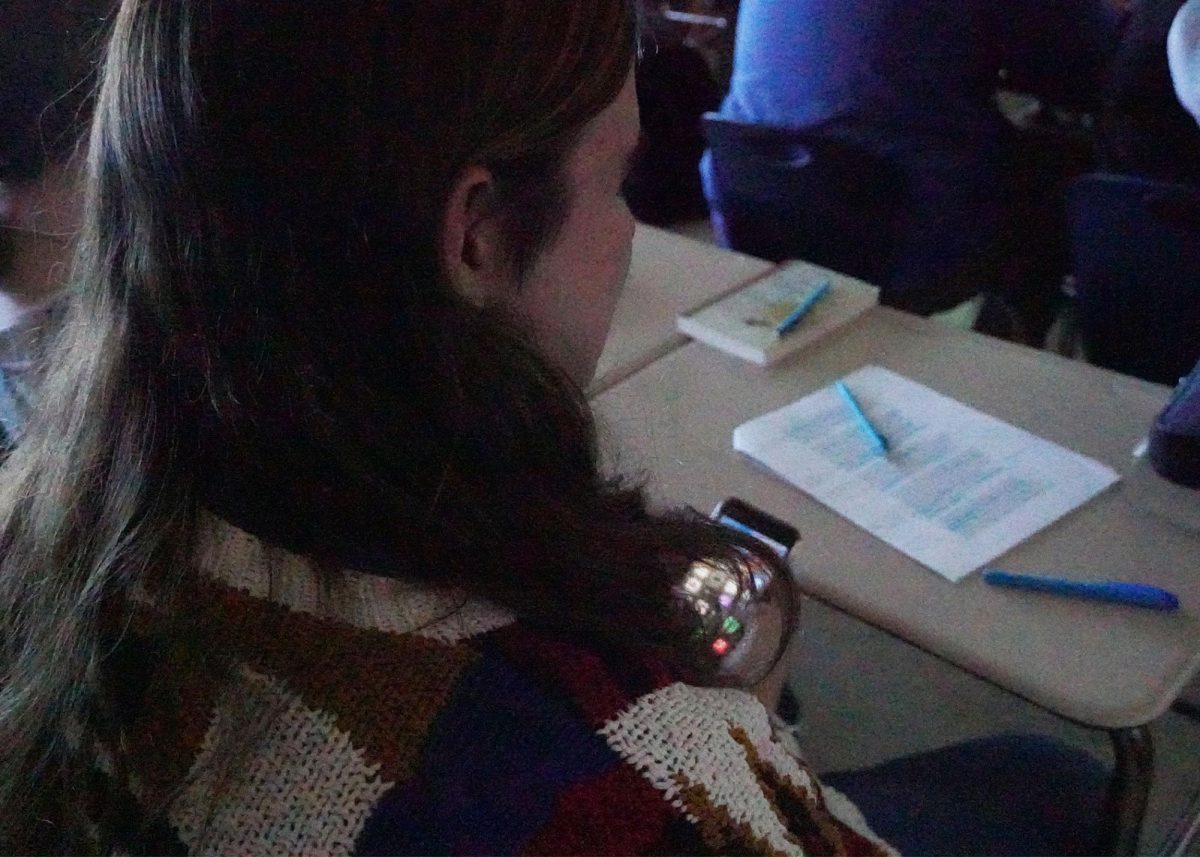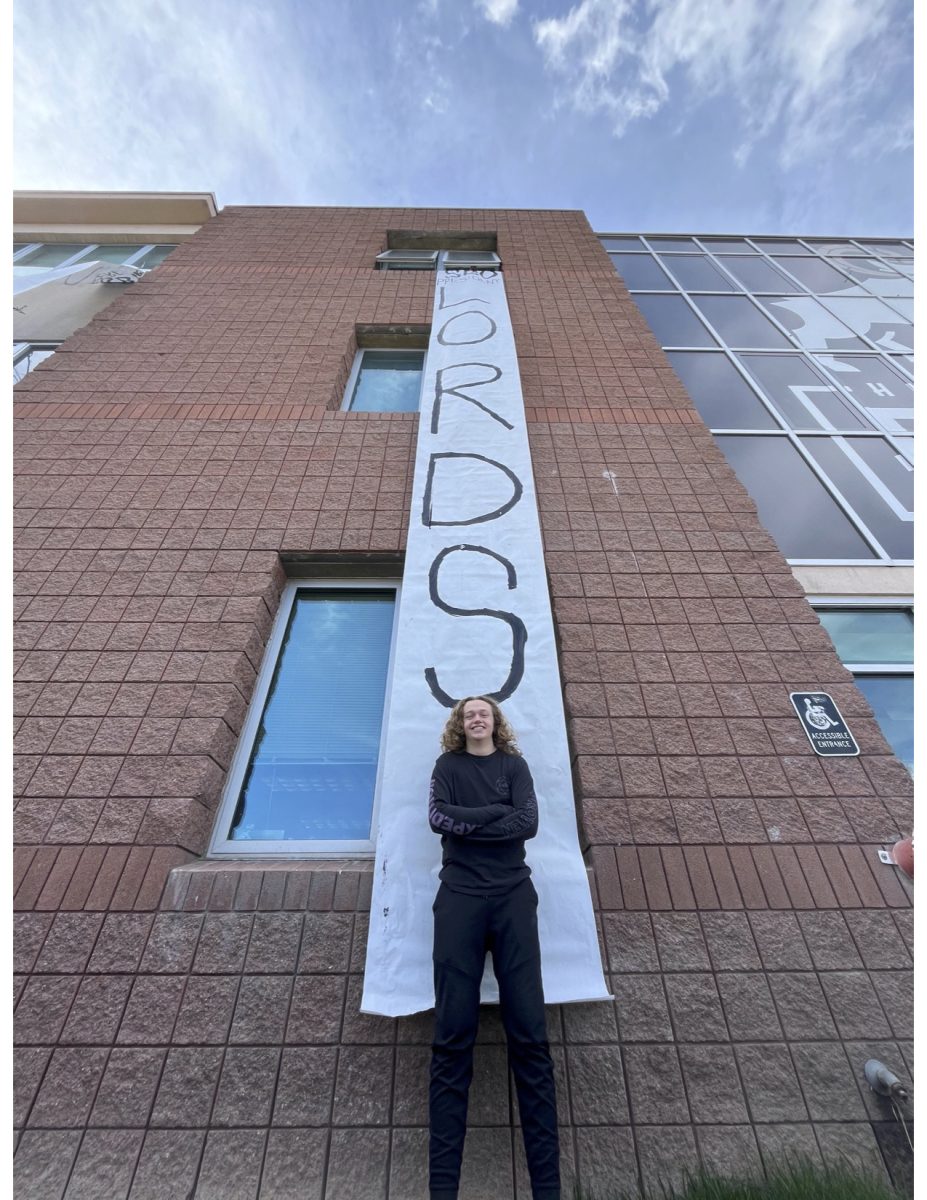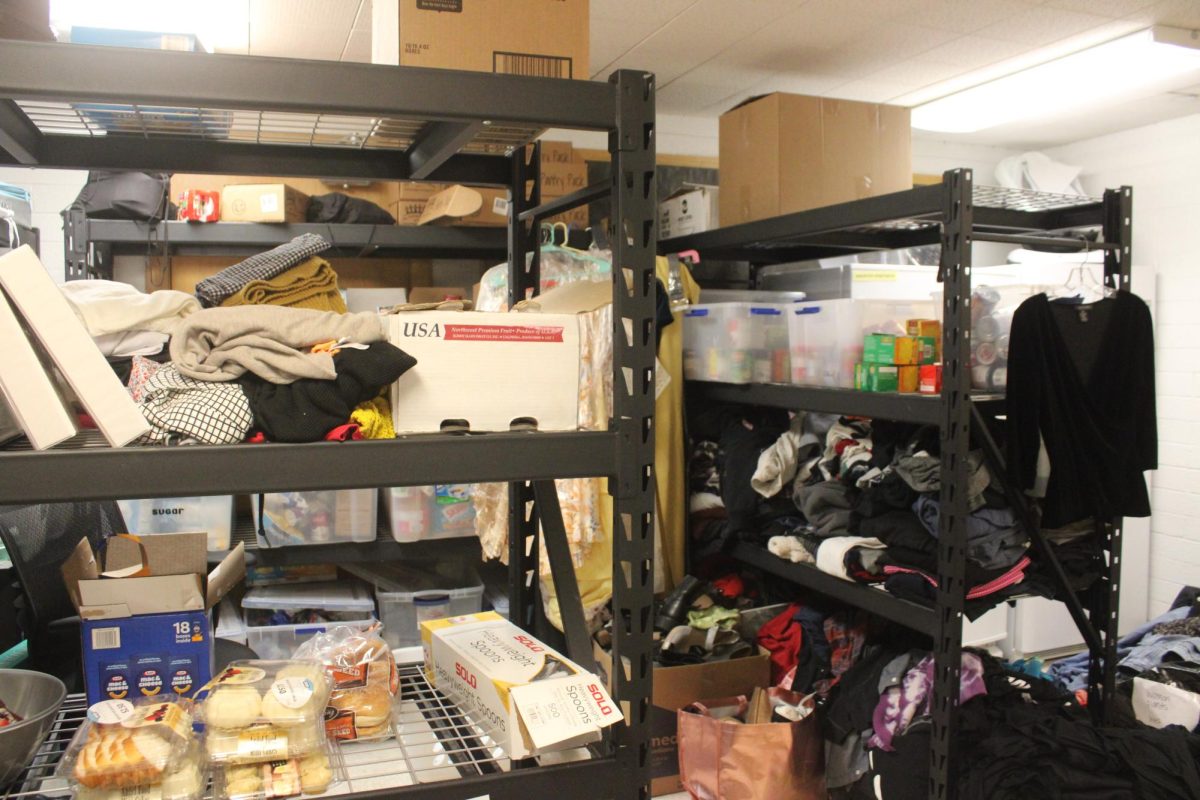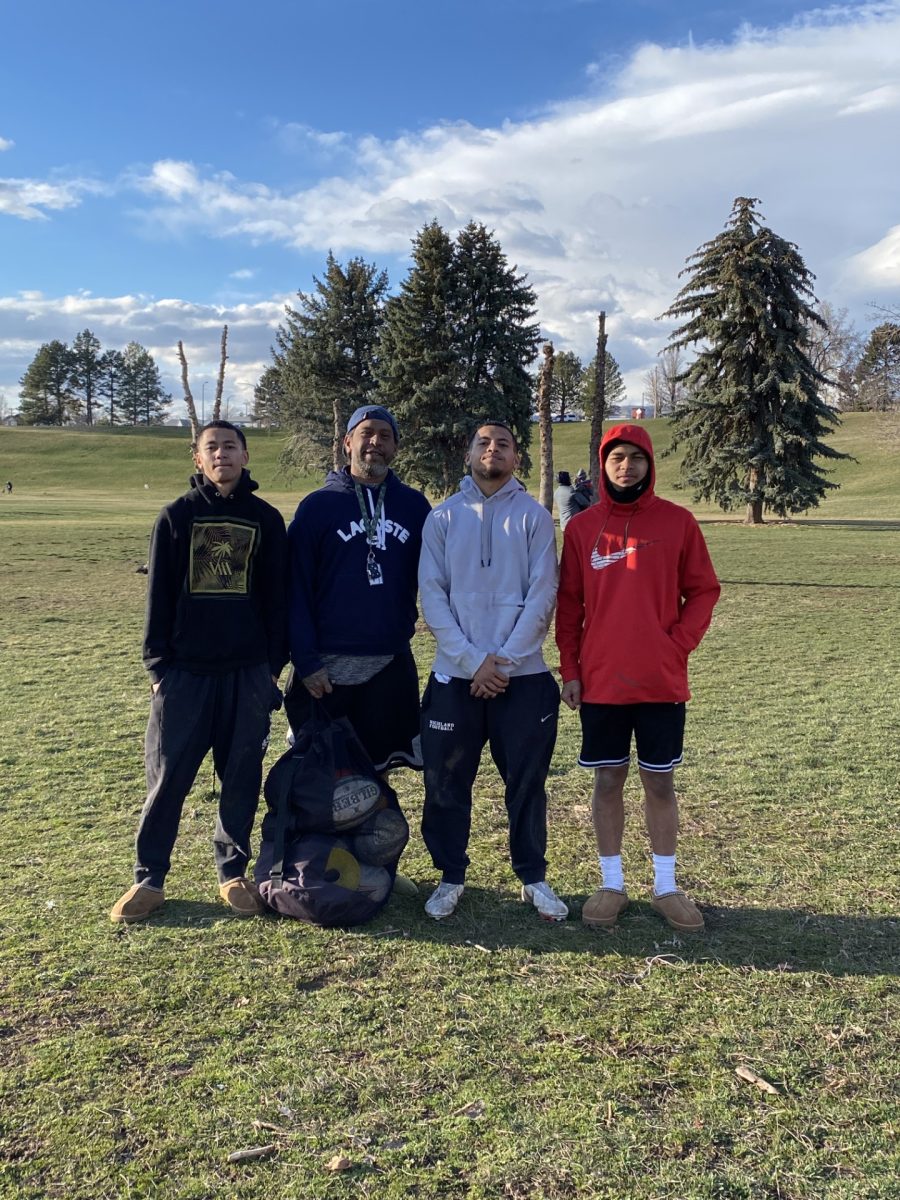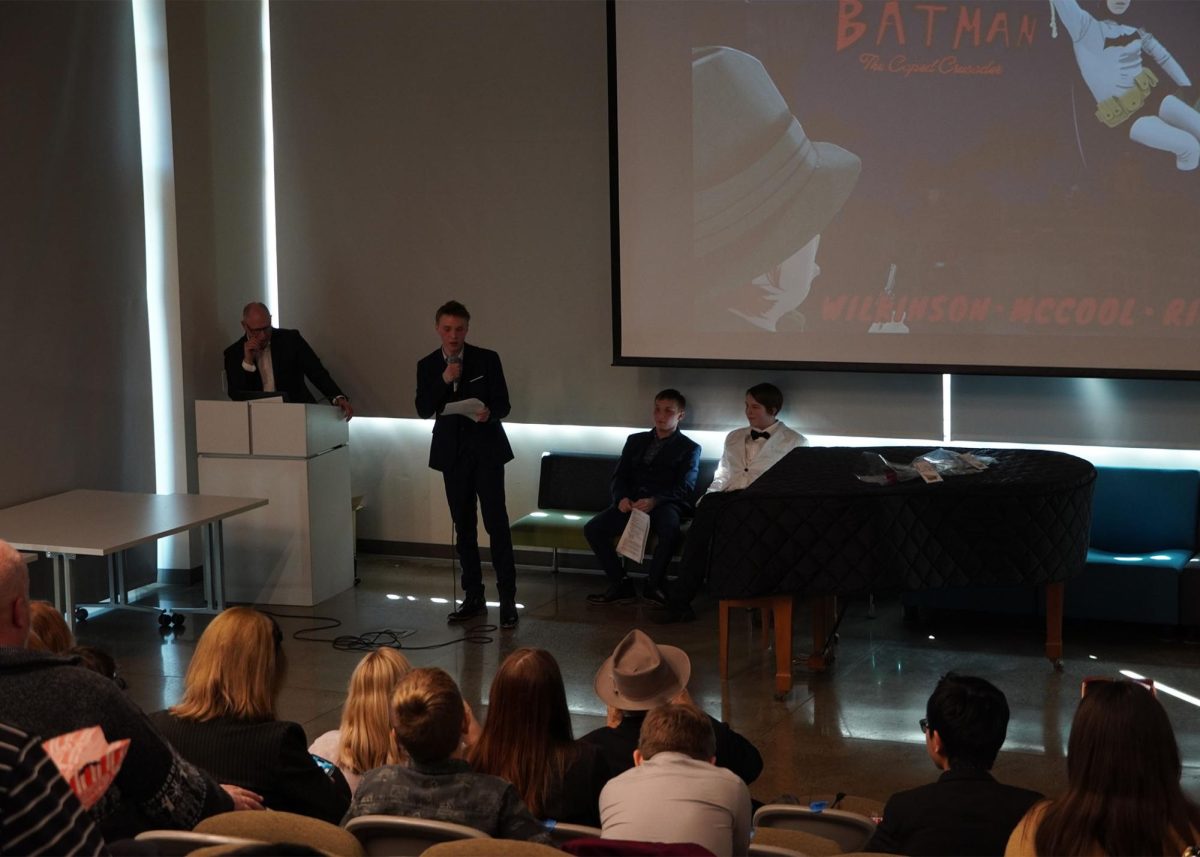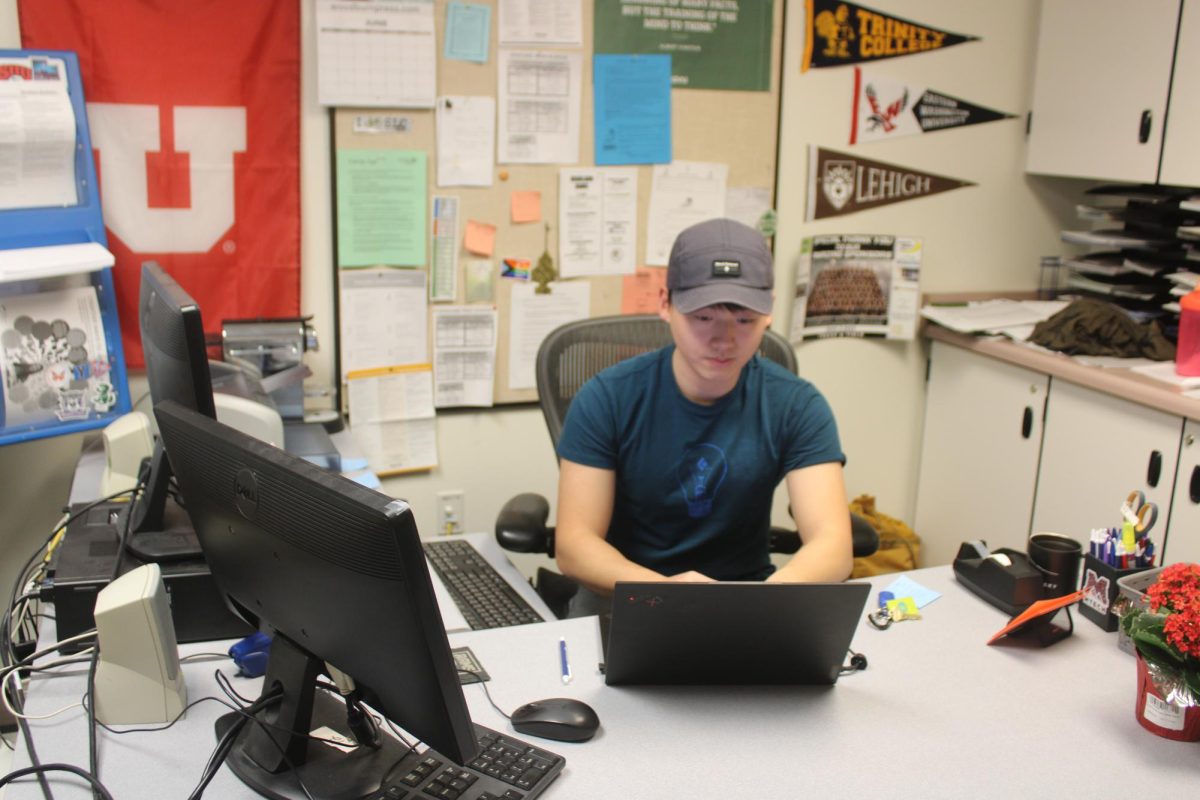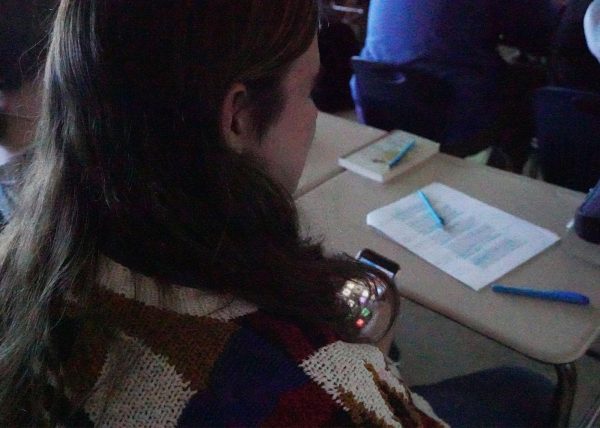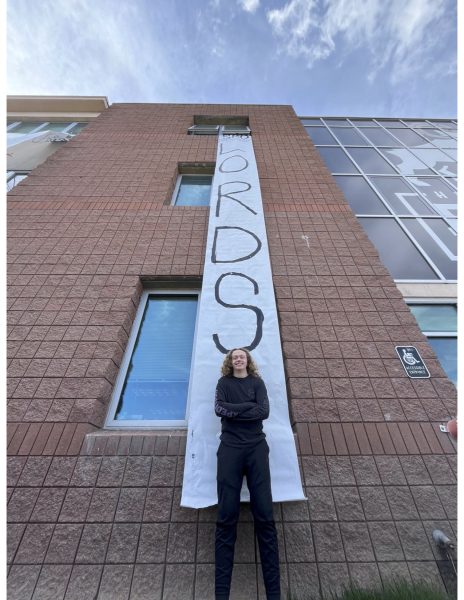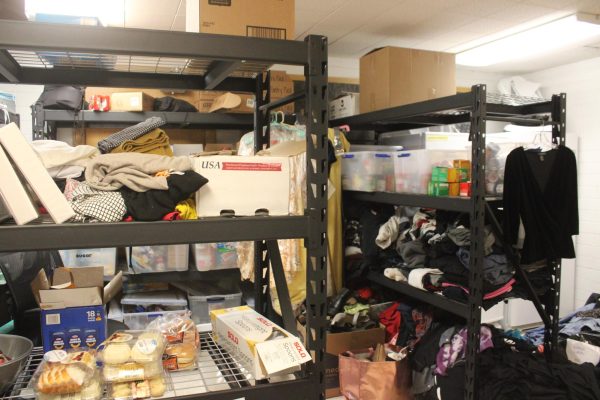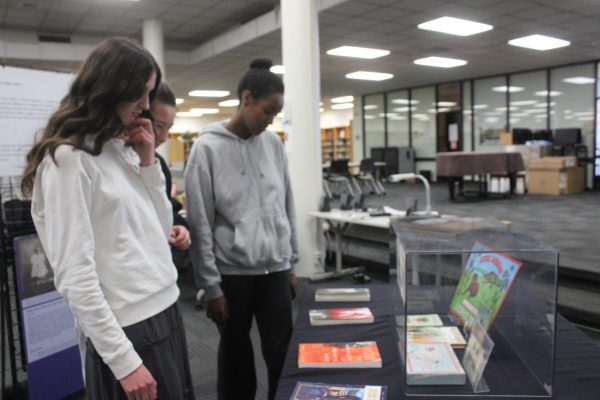Weapon Detection Scan Pitched To Combat Violence In Schools
Salt Lake City School Board president Melissa Ford observes Evolv.
October 19, 2022
Schools should be synonymous with safety. But the Robb Elementary School shooting in Uvalde, Texas last May was another painful reminder that this is not always the case.
Because of this, schools throughout the country have started imposing new security protocols in an attempt to keep their students and faculty safe.
The Salt Lake City School District is considering installing a weapons detection system at in each of the high schools that students and visitors will walk through as they come into school every day. The system resembles an airport metal detector, though it functions very differently.
For Salt Lake City School District executive director of auxiliary services Paul Schulte, safety is always a concern, and he wants to make sure every student in the district feels safe walking into school.
“I think everybody, whether you’re a student, whether you’re a parent, you’re a staff member, everyone wants to make schools safer,” Schulte said.
For this reason, the district has reached out to Evolv, a company that describes its scanners as the “first of its kind, free flow weapons detection system.” Students will be able to walk through it like a metal detector, but it’s not meant to be like the airport. There’s no taking off shoes, boxing up backpacks, or waiting in a long line. It can scan up to 3,600 people per hour as crowds walk through in groups, and it uses artificial intelligence to distinguish between personal items and those that could potentially be used as weapons or threats of mass harm.
The district held a demonstration on August 11 where the system was on display and the public could provide feedback on the system. No decision has been made whether or not the system will be implemented, as more information is still being gathered.
Highland principal Jeremy Chatterton has discussed the possibility of it being utilized at the school.
“It is something that I know our facilities department at the district level is very interested in purchasing for the three high schools specifically,” Chatterton said.
This would have been incredibly helpful on Monday, Sep. 26, when Highland was put in secure mode after a weapon was found in a student’s backpack and the school had to be locked and searched to check for another potential weapon. The situation could have potentially been avoided if the security system had been in place.
The programmed system of the machine spots potential weapons based on weight, shape, material, and orientation. And though at first, a heavy metal laptop may trigger a warning, the machine can learn that laptops are not threats and reprogram itself to stop alerting the security personnel when one passes through the doors.
Learning what is safe will take time and human intervention.
“That’s determined at the secondary screen,” Mike Tice, a representative for Evolv, said. “So let’s say that I walk through, and it alerts on me. We do a bag check, and we don’t discover a knife or a gun. Then that person walks away, and we tag the alert and what object it detected.”
Over time, that same object will stop triggering the machine.
Though the technology is sophisticated, the process is not.
Students will simply come through the doors as they do every day which will direct them to flow through the security check, then they’ll go on their way. It’s not meant to be complicated.
“This is nice because it’s not real intrusive, you can just walk through and go to class,” Schulte said.
Doors without the scanners will have to be locked all day to make sure there is no need to herd students to one part of the school every morning. The system is expensive to buy, but Chatterton says that the district is looking to lease the equipment, “so cost is not an issue.”
One setback currently being faced is just an issue of understaffing.
Chatterton is worried that staffing for the position may be problematic, as the school would have to hire at least two people at each station to ensure that those flagged by the system are searched.
“You need to have some sort of safe space or a place, where if someone walks through and it sets off the machine, you can take them to do a bag search away from everyone else,” Chatterton said. “They’re looking at potentially requesting three to five of those in each of the high schools, which would mean six to ten new people. We don’t have six to 10 new people to hire.”
The goal is to find people to hire who can monitor the devices before rushing into the decision of buying them, which will make things more efficient for Highland.
There have been mixed responses received from students and teachers.
Highland junior Isaac Neilsen critics worries that it could be inconvenient but also does not get to the root of the problem.
“What with the fact that it would take a while for the machines to learn to recognize guns versus non-guns, it would still be a pain and a major annoyance for that while, obviously in a similar way to airport security,” Highland junior Isaac Neilsen said. “I believe that the real changes to student safety need to be made at a government level through greater gun control that makes it harder for people to get guns, especially assault rifles like AKs.”
Highland math teacher Sarah Lea is all in with the idea of a weapons monitor because she realizes that it’s hard to know if or when a danger is going to present itself.
“I’m concerned that an incident could happen here. We are not any different than any other high school in the nation, so I need to keep an open mind that the possibility of it happening here is probable,” Lea said. “In my head, I’m always prepared for what would I do, and how am I going to protect my students in that situation. That’s what I focus on so I can be level-headed, and so if it does happen then there’s no loss of life.”
Lea believes the Evolv system is perfect for crowded entryways, like at a high school.
“I thought [the detection system] was very efficient and well made for our mass of bodies that have to come through [school everyday],” Lea said.
Ultimately, the district wants to make the school system as safe as possible.
“The goal is just to increase the safety of schools,” Schulte said. “There’s no silver bullet. No one thing makes schools 100 percent safe, but when you use multiple things, then you mitigate danger and increase your safety, so this is not meant to solve everything. It’s just one additional tool.”
